NR507 Week 5: Discussion: Choose Your Own Pathophysiology Adventure: Part 2 of 3
Class: NR507 Advanced Pathophysiology
Preparing the Assignment
Follow these guidelines when completing each component of the discussion. Contact your course faculty if you have questions.
General Instructions
This discussion represents the second step in a three-step discussion series where you will choose your pathophysiology adventure to analyze and present to the class. Students will continue to explore the disease process that was chosen in Week 2. In this step of the discussion series, you will describe the pathophysiology of your chosen condition from Week 2 and its manifestations, diagnosis, and lifespan considerations. You will also create your case study.
Include the following sections:
Application of Course Knowledge: Answer all questions/criteria with explanations and detail.
- Describe the pathophysiology of the chosen condition. What is the condition’s etiology, signs and symptoms, complications, and risk factors?
- Discuss how the condition is diagnosed. What are relevant assessment findings, labs, and imaging studies?
- Explain how the pathophysiology of the condition might differ across the lifespan. Does the condition manifest in pediatric, pregnant, breastfeeding, and older adult populations? How might the condition look different across the lifespan?
- Create your case study based on the chosen condition (~ 1,000 words or less using bullet points and full sentences). Start with the diagnosis and work backward to develop a clinical scenario that leads to this diagnosis. Include the client’s name, social background, symptoms, lab results, medical or surgical history, and other relevant details.
Integration of Evidence: Integrate relevant scholarly sources as defined by program expectations:
- Cite a scholarly source in the initial post.
- Cite a scholarly source in one faculty response post.
- Cite a scholarly source in one peer post.
- Accurately analyze, synthesize, and/or apply principles from evidence with no more than one short quote (15 words or less) for the week.
- Include a minimum of two different scholarly sources per week. Cite all references and provide references for all citations.
Solution
Peanut allergy is an IgE-mediated hypersensitivity reaction caused by the immune system mistakenly identifying peanut proteins as harmful. The etiology involves genetic predisposition, environmental exposure, and possibly gastrointestinal and skin barrier defects that lead to…………………Get full solution for $5.00

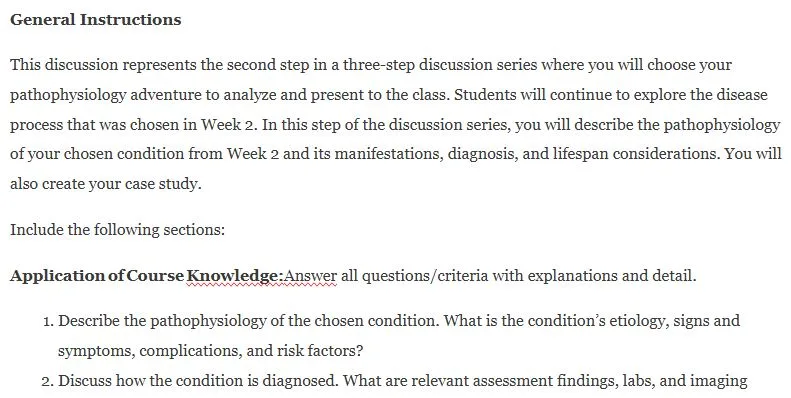
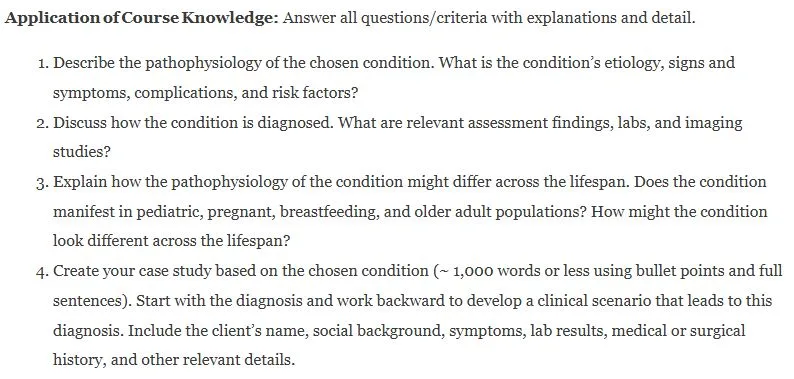
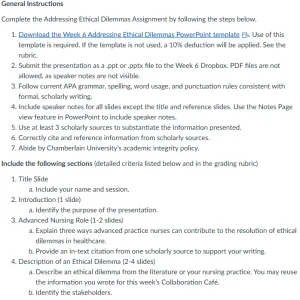

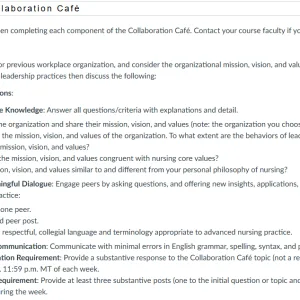
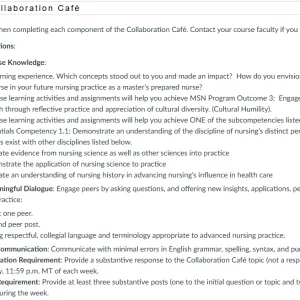
Reviews
There are no reviews yet.